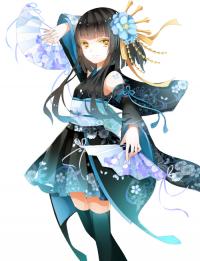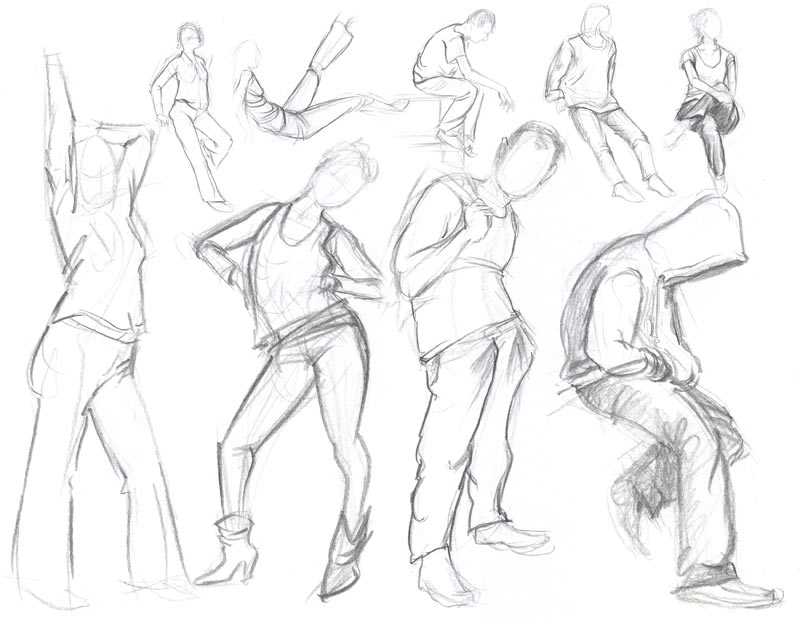This is a pretty darn basic approach to figure-study and generally any form of study when it comes to drawing, really. Whenever I try to pick up on drawing something in a 'fun' attitude, I try to take apart the picture I am attempting to draw (since I am big on referencing):
Now, when we look at the total-picture, there's a lot of parts to it, right? The body is one big system compiled from many sub-systems.. The face; hair, forehead, eyebrows, eyes (eye lashes, iris, eyeball, etc), jaw, lips and the chin; in a nutshell. And I didn't even began to talk about the neck, the chest, hands...
Seems less fun now, right? Sometimes, if the model is really complicated it can even be quite intimidating, so when one sees such large compound of dozens of sub-systems it can get rather irritating as to where to start and how much to put into it; unless you're skilled enough to brush through with it, the step-by-step deconstruction technique aids in studying the model and easily memorizing the entire reference.
You start by deconstructing the model to separate parts, for an instance;
And then quickly drawing them one by one, until you have successfully studied the entire picture in separate layers and then finally putting it together. It's vital to draw every part quickly, without putting too much details into em' in order to get a good grasp upon the drawn-part and then investing a little more into it when you draw it again and again. Paraphrasing is key.
You can do this to virtually anything from humans to inanimate objects like clothing, weapons, ornaments..
Today I messed a little with it, without elaborating too much upon it.


Just to recap : Take a picture, break it down to separate parts; draw each individual part a few times in order to grasp the overall shape and 'weight' of the object, and then draw the individual parts together. This method is pretty darn basic, and it can get some pretty good results even if you're not that skilled in drawing. The major aspect of this entire practice is to open up to mistakes within the studied object without being burdened with the completion of other sub-systems. Instead of learning how to do it all together, learn it one by one!
If you guys have anything to add, fire away.
Happy drawing.
Edit: Happy drawing? That doesn't make any sense..
Edited by Solipsist, 28 November 2013 - 05:27 AM.

 Sign In
Sign In Create Account
Create Account







 Back to top
Back to top



















